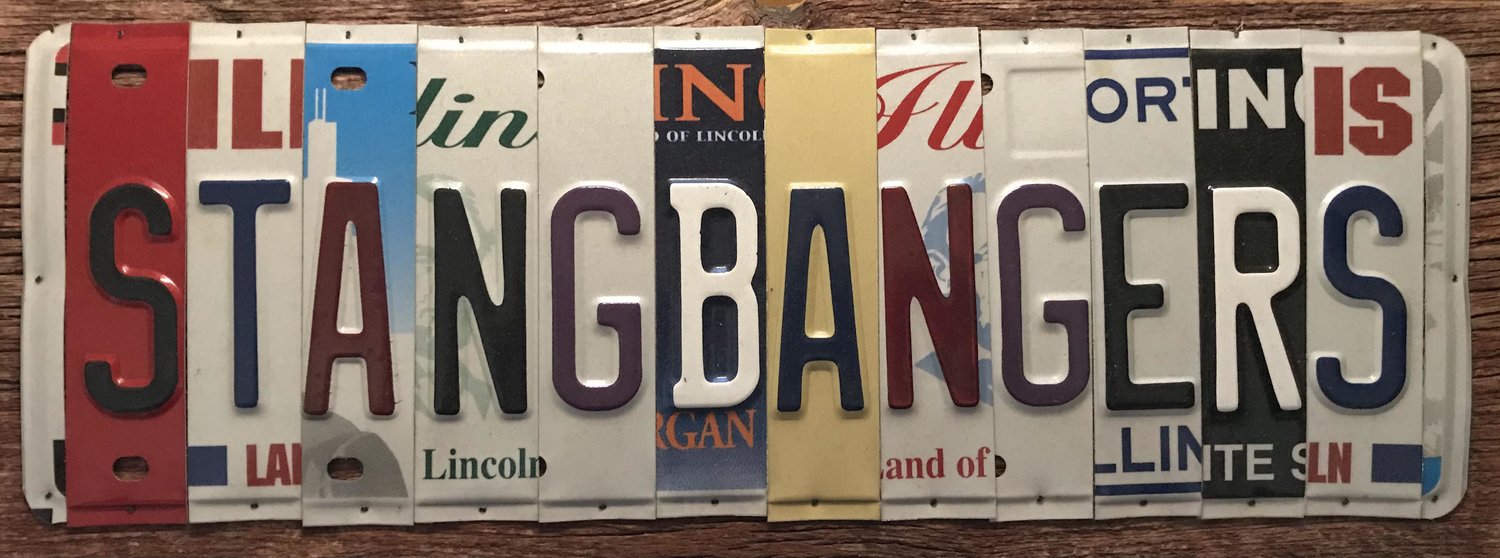Ford Mustang Shelby GT350 Bows Out with Heritage Edition
Back in mid-2013 I was standing on Oakwood Blvd in Dearborn, Mich, when a prototype Mustang emerged from the gate of Ford’s Dearborn Development Center. As the driver accelerated away, this particular car emitted a wail quite unlike anything that ever came from a Mustang before. This was the new Shelby GT350. It was fun while it lasted, but now it is gone.
As soon as I heard that car, I knew immediately what it was. At the time, I was working for an agency that supported Ford’s communications department and I had an assignment that was perfect for a lifelong Mustang fan. I was the editorial lead for the 50th anniversary of the Mustang and the launch of the upcoming redesigned 2015 model. I’d seen a clay model of the GT350 in the design studio several months earlier and in my role I spent a lot of time talking with the engineers about what was new.
After years of supercharged GT500s, the GT350 was to be powered by a new 5.2-liter naturally aspirated V8 codenamed Voodoo. The Voodoo V8 was the first in the history of the Mustang to feature a flat-plane crankshaft. Without getting into all of the technical details, a flat-plane crankshaft V8 is able to rev up to higher speeds than a comparable V8 with a cross-plane crankshaft.
In the case of the Voodoo in the GT350, the red-line is 8,250 rpm compared to 7,000 rpm for the 5.0-liter V8 in the 2015-2017 Mustang GT (7,500 rpm on 2018-2021 models). It also generates a unique audio signature quite different from the rumble of traditional Mustang V8. It’s not the wail of Ferrari V8, but something somewhere in between and just as intoxicating for the enthusiast.
Alas, the 2020 model year is the last for the current generation of the GT350 and its Voodoo V8. The order books were closed several months ago, and as this is written, assembly of the final examples is winding down at Ford’s Flat Rock, Mich. assembly plant. Whether there will ever be another GT350 or what might power it if it does happen is not at all clear in the closing months of 2020.
To commemorate the end of this run of GT350s, Ford created a heritage edition. Similar to heritage edition GT supercars, Ford has gone back to the vaults to find a classic livery to apply. In this case rather than the colors of the 1960s-era GTs that beat Ferrari at Le Mans, Ford chose the color scheme from the original GT350s built in 1964 - Wimbledon White with Guardsman Blue stripes.
(photo credit: Sam Abuelsamid - Forbes)




